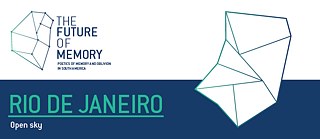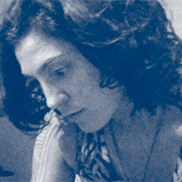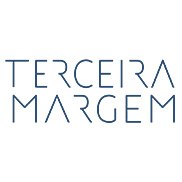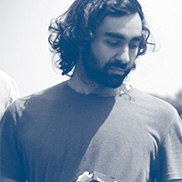The focus on urban progress, rather than inclusive public policies usually results in excluding urbanization policies. The Vila Autódromo community is a good example of this paradox. In 2013, the city of Rio de Janeiro began a process to evict the inhabitants of this neighborhood, located near the area where the Olympic Park of the city would be built, in anticipation of the 2016 games. Most agreed to leave, but others took to extreme measures in order to stay. Their battle marks the kick-off for "Monumento-Monumento", a cycle of activities to be held in Rio, around territorial memory, social struggles and the perpetuation of violence.
The idea is to build a platform of resistance and dialogue based on three objectives: to support the neighbors in the creation of a living archive; invite artists to discuss the notions of territoriality and memory as a result of eviction and expropriation, and create a network with other communities that have been through or are currently living an experience similar to Vila Autódromo.
Artistic actions in Vila Autódromo
Execution and presentation of the artistic projects in the Vila Autódromo community.September 2nd
Vocabularies in Movement, Lives in Resistance
How do we spatialize struggle? How do we set boundaries around the existence of Vila Autódromo? How do we make it visible?
These are some questions that steer the debate surrounding this community's territorial occupation. To develop a "structure of visibility" that sets boundaries around its existence, artists and curators from Rio de Janeiro work collectively with the village's inhabitants and local actors.Visits to Vila Autódromo
In this phase of the investigations, the artists will visit the Vila Autódromo community. Beginning of design and execution of the projects.May - July













































